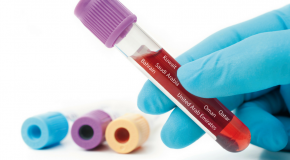Around 15m people are currently living with hepatitis B or C in Pakistan, the second highest in the world. Official data are more than a decade old—a national survey from 2007- 08 found a prevalence of 4.8% for HCV and 2.5% for HBV.
Previous treatments were comparatively ineffective in Pakistan, where the genetic makeup of the population leaves them susceptible to certain strains of the virus. The result was a cure rate of just 50%, according to Huma Qureshi, a consultant gastroenterologist focusing on liver diseases (formerly the executive director of the Pakistan Health Research Council and national lead on the prevention and control of viral hepatitis).
More recently, a survey conducted in Punjab, one of the country’s largest provinces, showed that rates of HCV increased sharply from to 6.7% in 2008 to 17% in 2017. The prevalence of HBV, on the other hand, decreased slightly to 2.2% from 2.4% over the same period. This was attributed to the introduction of an HBV vaccination programme for infants at six weeks of age.
The findings of similar regional surveys combined with a provincial infection scandal (see next section) have created a greater sense of urgency among policymakers. According to one study, tackling HCV effectively will save more than 320,000 lives and US$2.6bn in direct costs between 2015 and 2030. But crafting the appropriate policy response requires a deeper understanding of the underlying causes of current viral hepatitis rates in the country alongside its existing prevention and control policies.
To read the full article, please download the pdf from the link below:




